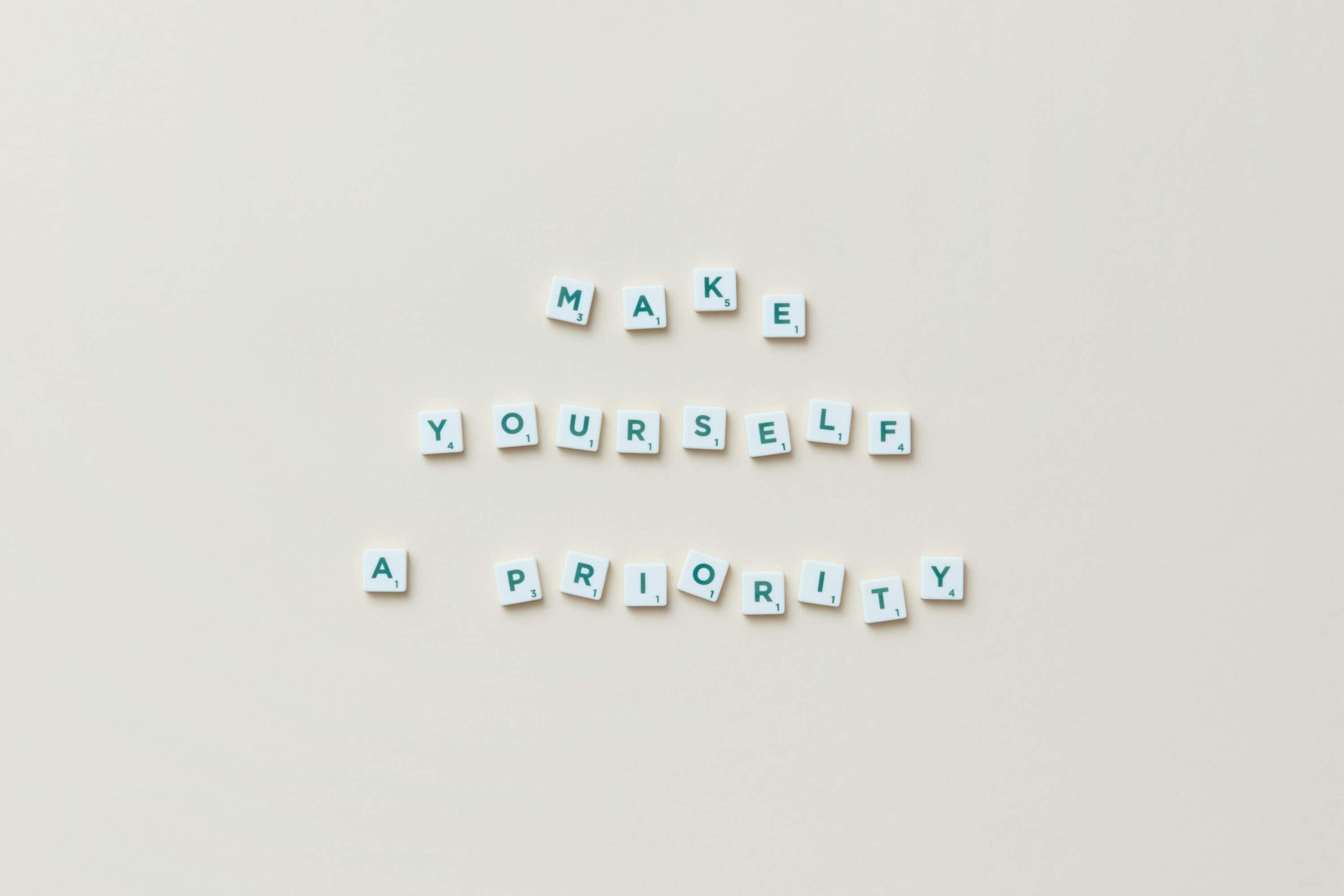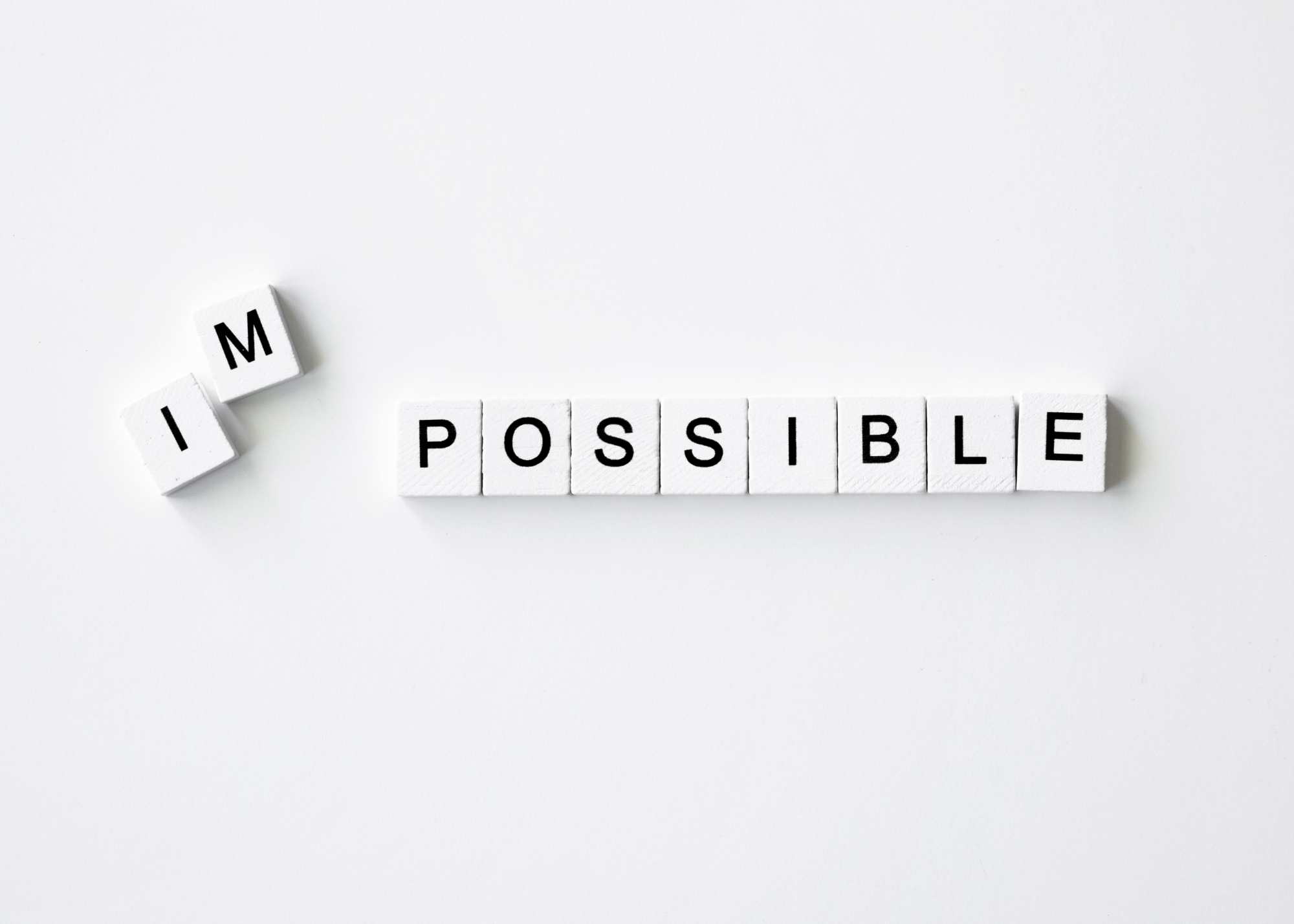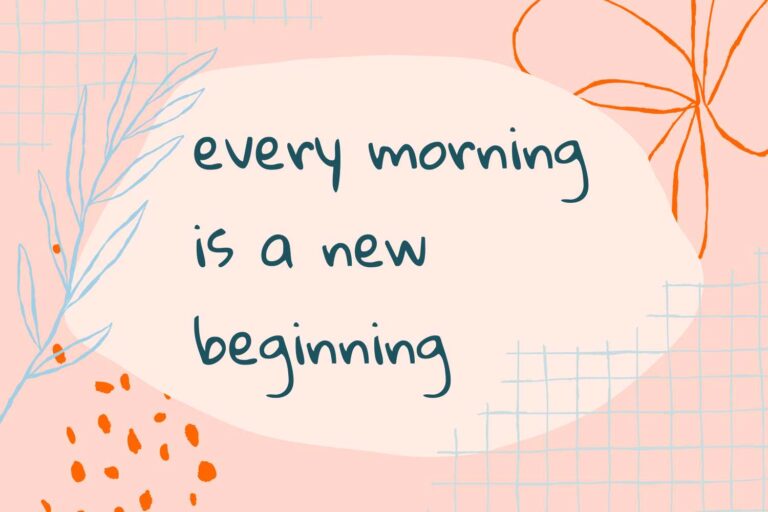Mastering the art of saying no: How boundaries bring you freedom and peace
Your phone buzzes with another request. Your calendar is already packed, your energy is running on fumes, and you haven’t had a moment to yourself in weeks. But somehow, the word “yes” comes out of your mouth before you even think about it.
Sound familiar?
If you’re exhausted from saying yes to everything and everyone, you’re not alone. Most of us were never taught that saying no is not only okay—it’s essential for our well-being. We’ve been conditioned to believe that being helpful, available, and accommodating makes us good people.
But what if saying yes to everything is actually saying no to yourself?
Why you can’t stop saying yes (and what it’s really costing you)
Let’s get real about why boundaries feel impossible. Every time you say yes when you want to say no, you’re training yourself that other people’s comfort matters more than your peace.
The hidden costs add up fast:
You lose touch with what you actually want because you’re so busy accommodating everyone else’s needs. You become resentful toward people who didn’t even force you to help them. You burn out and become less effective at everything – including the things that actually matter to you.
The irony? The very thing you’re doing to be a “good person” often makes you less capable of genuinely showing up for what matters most.
Reflection:
- When was the last time you said yes to something and immediately felt that sinking feeling? What was that trying to tell you?

The three patterns that keep you trapped in “yes”
Understanding why you struggle with boundaries isn’t about blame – it’s about breaking the cycle. Here are the most common traps:
The approval addiction: When your worth depends on being needed
What it looks like: You feel valuable when people ask for your help, even if fulfilling their requests drains you. Saying no feels like you’re becoming worthless or useless.
The real problem: You’ve tied your self-esteem to external validation instead of internal worth.
Example: Sarah volunteers for every extra project at work because being indispensable feels like job security. But the constant overcommitment leads to poor work quality and burnout – the opposite of what she wanted.
The shift: Your worth isn’t determined by how much you do for others. You’re valuable because you exist, not because of what you produce.
The guilt trap: When self-care feels selfish
What it looks like: Every time you consider saying no, you’re flooded with guilt. You imagine disappointing others and convince yourself their needs are more important than yours.
The real problem: You’ve been taught that prioritizing yourself is wrong, so you’ve developed an internal alarm that goes off whenever you try to protect your own needs.
Example: Maria hosts every family holiday because “she’s so good at it,” even though the prep work exhausts her. The guilt of potentially disappointing them feels worse than sacrificing her own peace.
The shift: Taking care of yourself isn’t selfish – it’s necessary. You can’t pour from an empty cup. If guilt is your biggest barrier, these 10 self-compassion exercises will help you start treating yourself with the same kindness you show everyone else.
The conflict avoidance pattern: When keeping peace means losing yourself
What it looks like: You’ll do anything to avoid tension, even if it means agreeing to things that drain you or go against your values.
The real problem: You’d rather sacrifice your comfort than deal with someone else’s negative reaction.
Example: David’s neighbor regularly asks him to pet-sit during weekends. He finds it stressful but agrees every time to avoid seeming unfriendly. His weekends become a source of stress instead of restoration.
The shift: Healthy relationships can handle honest communication. People who truly care about you want you to be authentic, not constantly accommodating.

What changes when you master boundaries
When you start setting healthy boundaries, the transformation goes far beyond having more time. You’re fundamentally changing how you show up in the world.
Your relationships actually get stronger. When you’re honest about your limits, you eliminate resentment. You show up more present and genuine when you do say yes.
You rediscover what you actually want. When you stop automatically saying yes, space opens up to reconnect with your own desires and values.
Your self-respect grows exponentially. Every boundary you set tells yourself (and others) that your time and energy matter.
You become more helpful, not less. When you say no to what drains you, you have more energy for what aligns with your values.
The step-by-step guide to saying no without guilt or drama
Setting boundaries doesn’t require elaborate explanations or apologies. The simpler and more direct you are, the more effective your boundaries will be.
Step 1: Get clear on your priorities
Before you can say no effectively, you need to know what you’re saying yes to. Write down your top 5 priorities for this season of life. When requests come in, measure them against these priorities.
Practice: For one week, before saying yes to anything, pause and ask: “Does this align with my current priorities?”
Step 2: Use the power of the pause
You have the right to think before committing to anything. Most boundary violations happen because we feel pressured to give instant responses.
Scripts that buy you time:
- “Let me check my calendar and get back to you.”
- “I need to think about this. Can I let you know by [specific time]?”
- “That sounds interesting. Give me a day to consider it.”
Step 3: Master the kind but firm no
You don’t need elaborate excuses or lengthy explanations. Over-explaining often weakens your boundary and invites negotiation.
Effective no scripts:
- “Thanks for thinking of me, but I can’t take this on right now.”
- “I appreciate the invitation, but I won’t be able to make it.”
- “I’m not available for that, but I hope you find someone great.”
- “That doesn’t work for my schedule.”
What not to do:
- Don’t lie or make up elaborate excuses.
- Don’t over-apologize (“I’m so sorry, but…”).
- Don’t leave false hope (“Maybe next time” when you mean never).
Step 4: Handle pushback like a pro
When someone pushes back on your no, use the broken record method: simply repeat your boundary calmly without getting pulled into justification or argument.
Example:
- Them: “But you’re so good at this!”
- You: “I understand, but I’m not available.”
- Them: “Can’t you make an exception just this once?”
- You: “I’m not available, but I hope you find someone who can help.”
Step 5: Deal with the guilt without giving in
Guilt is normal when you’re learning boundaries, especially if you’ve been a chronic people-pleaser. The key is feeling the guilt without letting it control your decisions.
How to process boundary guilt:
- Acknowledge it: “I notice I’m feeling guilty about saying no.
- Question it: “Is this guilt based on realistic consequences or old programming?”
- Reframe it: “This guilt means I’m changing old patterns – that’s growth.”
Mantras for tough moments:
- “My needs matter too.”
- “I can be a good person and still have limits.”
- “Saying no to this is saying yes to something more important.”

Common boundary challenges solved
“But they really need my help!”
The challenge: Someone is genuinely struggling, and you feel heartless saying no.
The solution: You can care about someone’s situation without being responsible for solving it. Offer emotional support without taking on practical responsibility: “I can see this is really difficult for you. What other resources do you have available?”
“What if they stop liking me?”
The challenge: You’re afraid boundaries will damage relationships.
The solution: Healthy relationships can handle honest communication about limits. If someone stops respecting you because you respect yourself, that reveals something about them, not you.
“I don’t want to let my team down”
The challenge: Work pressure makes boundaries feel like career suicide.
The solution: Frame boundaries in terms of effectiveness: “I want to give this project the attention it deserves, so I need to adjust my other commitments.”
“My family expects me to always be available”
The challenge: Family dynamics involve deeply ingrained expectations.
The solution: Start small and be consistent. You might begin by not answering non-emergency calls during work hours or setting specific availability times.
Building your boundary muscle: Quick exercises
Week 1: The boundary audit
Track every request and your response. Notice patterns:
- What requests do you automatically say yes to?
- Who do you struggle to say no to most?
- What emotions come up when you consider boundaries?
Week 2: Practice the pause
Before responding to any request, pause and ask:
- Does this align with my priorities?
- Do I have genuine energy for this?
- Am I saying yes from enthusiasm or obligation?
Week 3: Start small
Practice saying no to low-stakes requests – declining optional meetings, not responding to non-urgent texts immediately, or passing on invitations you’re not excited about.
Week 4: Build confidence
As your comfort grows, practice boundaries in more challenging situations – saying no to overtime when overwhelmed or declining family obligations that don’t serve you.

The freedom that comes from authentic boundaries
When you master saying no, you’re not just managing your schedule – you’re reclaiming your life. You stop living in reaction to everyone else’s requests and start living in alignment with your own values.
What becomes possible:
- Deeper relationships based on authenticity rather than obligation.
- Better performance because you’re focused on what truly matters.
- Increased creativity and energy because you’re not constantly drained.
- Greater self-respect because you’re honoring your own needs.
- More meaningful impact because your yes carries weight and intention.
Every no to something that doesn’t serve you is a yes to something that does. Every boundary you set is an investment in your future well-being and the quality of your relationships.
You have permission to protect your time, energy, and peace. You don’t need to earn the right to have limits – you have them simply because you’re human.
Start where you are. Set one boundary today, and notice how it feels to honor yourself in that small way. At the end of the day, boundaries are part of creating a healthier inner world. If you want to keep building on this, read my post on how to build a healthy relationship with yourself.
Ready to master boundaries once and for all?
Learning to say no is just the beginning of building a life that truly fits you. My boundary-focused workbooks provide the complete system for creating healthy limits and living authentically:
Boundaries workbook – Master the art of setting limits without guilt through 30 days of practical exercises and boundary-building challenges.
Decision-making workbook – Build confidence in your boundary decisions and learn to trust your instincts when people push back on your limits.
Whether you struggle with guilt, fear of disappointing others, or the need for constant approval, these workbooks provide the structured guidance to help you say no with confidence and grace.







